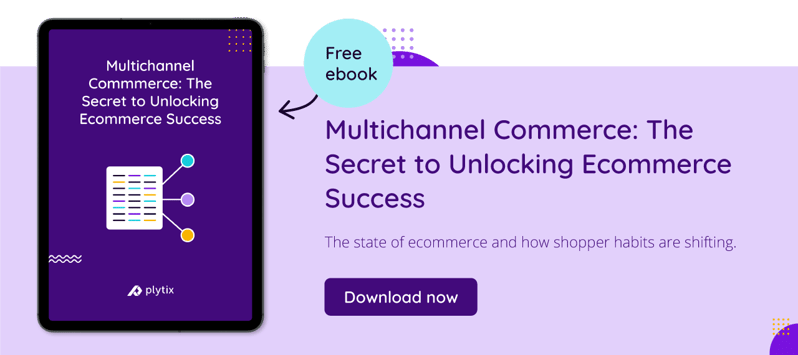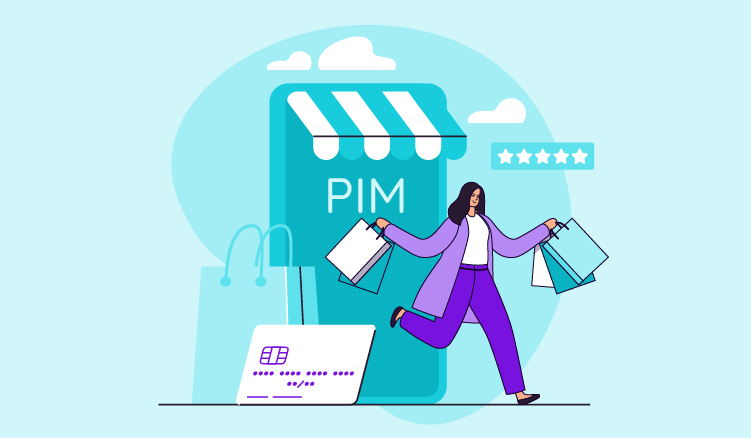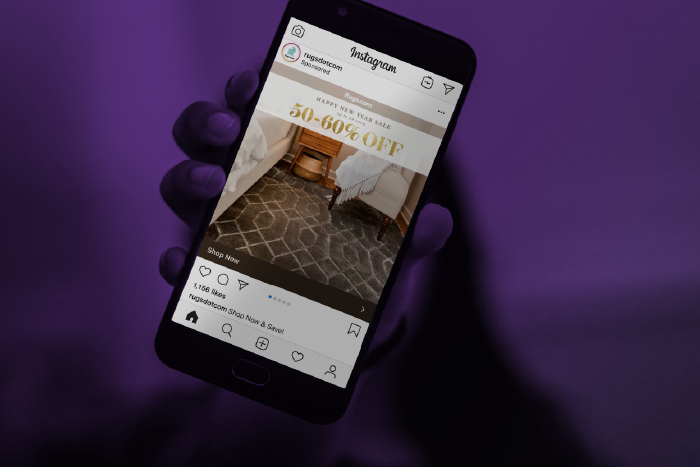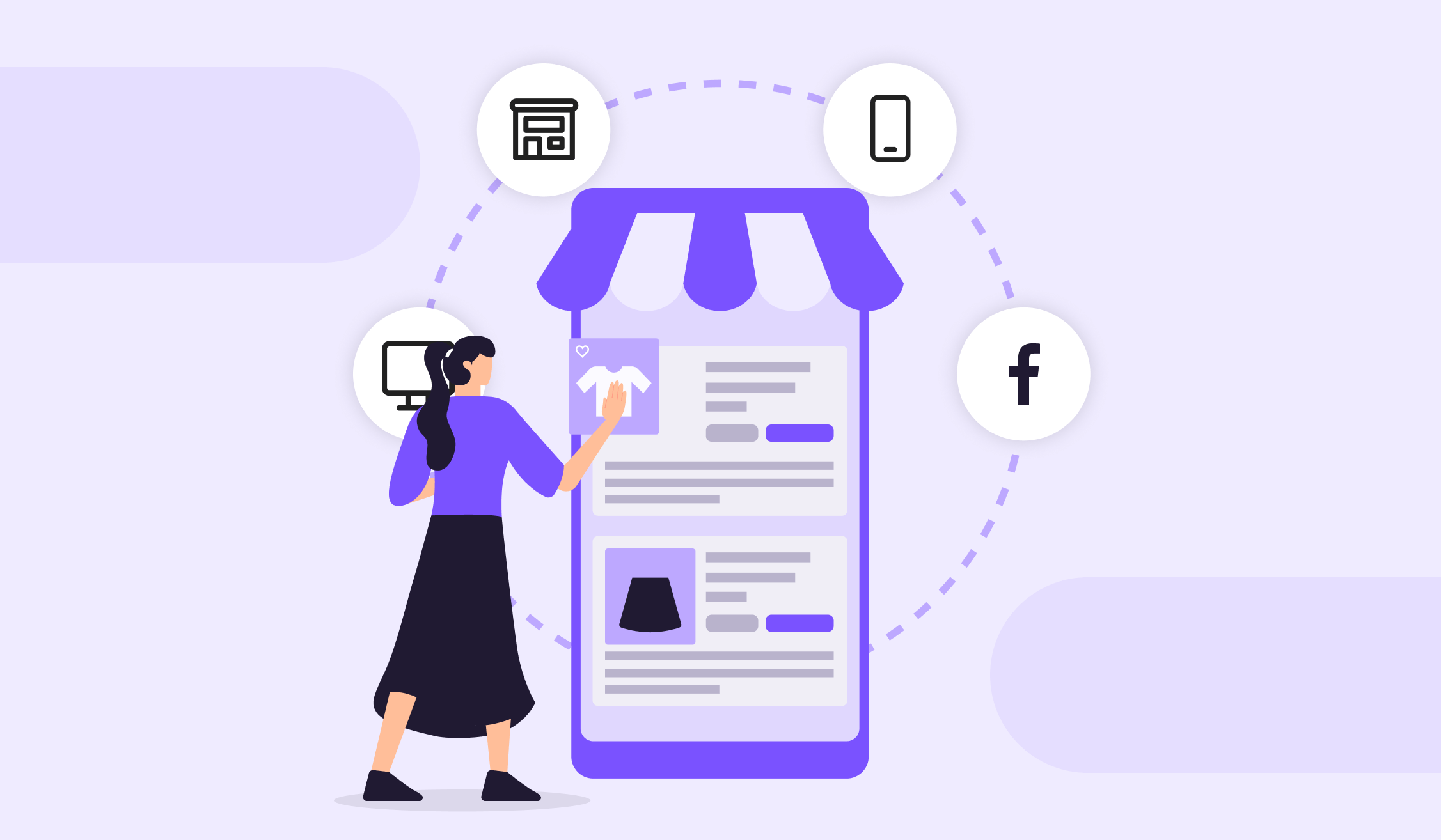It’s no secret that most physical retail stores closed their doors at the peak of the pandemic. While it was a huge revenue blow for traditional retail brands, it was a big win for online retail. Despite the many prophecies that in-store shopping is dying, it isn’t. That’s because today’s customers shop through convenience.
They want what they want, how, when, and where they want it.
That’s why you need to be available both online and offline to retain existing customers and attract new ones. Each model has its own benefits that you can leverage for the growth of your business. Here's why online and offline matter.
Why do customers prefer to shop online?
Online shopping has become increasingly popular. Even before the pandemic, it was the number one go-to shopping method. According to Statista, in 2020, retail ecommerce sales worldwide amounted to $4.28 trillion dollars. What’s more interesting is how e-retail sales are projected to surpass $740 billion by 2023 in the United States alone. That clearly shows that online shopping is the “new” normal, and customers will continue to shop online even post-pandemic.
And, here’s why it’s here to stay:
Convenience
While the quality of your products and competitive pricing still matter, convenience has taken the lead in driving shoppers to buy online. That’s because online marketplaces such as Amazon, eBay, Etsy, Google Express, Walmart, etc., allow you to buy products at any time of day. Nowadays, customers are busy juggling many things at once, which often means they have to squeeze in shopping time. They’re looking to save time and shop on the go. That’s why a total of 83% of customers say convenience is more important now than it ever was before.
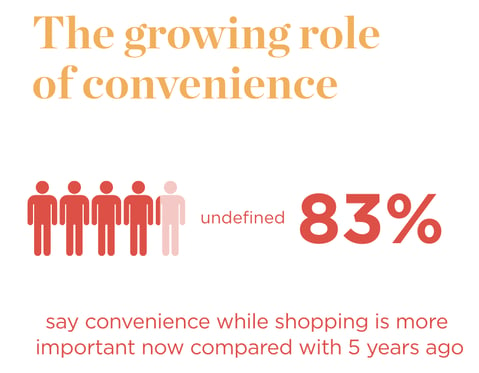
Social proof
We know that people are likely to do research before buying anything, anywhere. Stats show that 43% of global customers’ shopping journeys begin online as they look to make more informed decisions on their purchases. They look at everything from websites to blogs, web shops, marketplaces, social media (and product reviews), and comparison shopping engines (CSEs). Not only to compare products and prices but also to learn about the experiences of other shoppers.
Less pressure
Without the limitations of shelf space, online shoppers can browse a wider variety of items. For example, when a shopper lands on Amazon, they’re presented with a variety of brands with similar items. Online, customers can access products from local and international small to medium size brands they otherwise would not have had access to. Moreover, they won’t feel pressured into a sale by salespeople as they would in-store, so the decision to purchase lies in the palm of their hands.
Why do customers prefer to shop in-store?
Despite the surge in online shopping, there are a handful of loyal customers that prefer to shop in-store. While it might be a "generational" thing, it still matters.
Greater convenience
We know what you’re thinking; wasn’t this the reason why shoppers went online? See, the thing is, convenience is not a one-size-fits-all approach. In this case, a brick-and-mortar store provides a different kind of convenience to shoppers.
For most, the appeal is the location. The closer it is to your house, the more convenient it is to pick up an item or two. It's also a lot easier to build a connection to a product by physically seeing, touching it, trying it on, or testing it to see if it works the way you expect it to. In-store shoppers want to talk with experts who know more about the product than they do to justify what they're buying. Lastly, it's the convenience of buying online, picking up in-store, and bypassing queues.
Instant gratification
While many online shops offer same-day or next-day delivery services, some shoppers want what they want, and they want it NOW! Sometimes it's cases of emergencies, and in other circumstances, they simply want to leave the store with their item without waiting for delivery (think; retail therapy). Not to mention the customer experience they’re accustomed to in-stores vs. online. They know for sure that when they go to the physical store, they’ll leave with the product they were shopping for, exactly as they saw it. Unlike online, where they’ve been disappointed before by receiving a product that’s not what they’ve ordered.

In-store promotions
We can’t talk about benefits without mentioning, you know... promotions. It’s one of the many key reasons that attract customers to brick and mortar stores as the sales often differ from those available online, so customers don’t want to miss out.
Why buy something for a full-price online when you can shop in-store and pick it up at a discounted price? Once you leave the store, you can use it immediately, and that experience, right there, is a win any shopper will gladly take a trip for!
Combine offline and online to access multichannel shoppers
BigCommerce platform says combining online and offline retail efforts in your business plan can amplify reach and sales. “Think of it as another stream of revenue for your existing stores — or a backup plan if your customers are unable to purchase on a specific channel.” That’s multichannel power in a nutshell.
A multichannel approach gives your customers a choice to shop your products wherever they are. This report suggests that 46% of consumers still prefer shopping in person. In the same report, 90% of respondents said that they would be more likely to return if they had a positive in-store experience. Meanwhile, Mckinsey explains that consumer intent to shop online will continue to rise.
This highlights the need to go multichannel because you can no longer afford to ignore your customer’s needs and expectations of interacting with your brand on all sales channels. It’s worth mentioning that getting started with multiple web shops has become easy for any brand that wants to jump on ecommerce.
Attract multichannel shoppers with PIM
We’ll be the first to tell you that being where your customers are is only half the battle. The next challenge is grabbing their attention away from competitors.
That’s where content comes in.
Rich product information is key to communicating your brand and products to the target audience. It needs to be clear, detailed, and engaging. Sounds simple, right? Well, it can be when you have a Product Information Management (PIM) system at your disposal. This tool helps you create, organize, and manage product information in a central source of truth. That’s right, it does away with traditional spreadsheets and Dropbox folders for a smarter and more efficient option.
But Plytix PIM is more than a product content management software; it’s a next-generation PIM to manage data for web shops and physical sales. In Plytix, you can go one step further and create sales enablement tools such as online product catalogs and line sheets. These can be printed out for in-store distribution too.
To see these features play out in real life, book a demo! Our PIM is specifically made (and priced!) for SMBs like you, so there's really no excuse not to explore a tool that can help your business grow and compete online. Get started now!


